Parsnip /Pastinaca sativa/ is a root vegetable that looks like a light colored carrot and is actually a relative of the carrot, celery and parsley root. Parsnips come from Europe and Asia. Common in Europe, this type of vegetable is transported in the U.S. with colonists in the 17th century. Parsnip became popular in the 19th and early 20th century, with its similar to celery taste and a pleasant scent, it is often used in low-calorie recipes.
This hardy root vegetable grows best in regions with cool climates. Although biennial plant, farmers cultivated parsnip as an annual plant.
Parsnip can be found year-round, its peak season is from autumn to spring.
Composition of parsnips
Half a cup of parsnip contains 50 calories, 0 g fat, 0 mg cholesterol, sodium, 12 g carbohydrate, 3 g dietary fiber, 3 g sugar, 1 g protein, vitamin C, calcium and iron.
Parsnip is very rich in protein, carbohydrates, fiber, sodium, zinc, manganese, copper, folic acid and vitamin PP, A, C and E. In the root of parsnips are revealed significant amounts of vitamin B3. The sugar content of parsnips is much higher than that of other root vegetables - red beets, turnips, carrots, kohlrabi and fennel.
Selecting and storing parsnips
Parsnip grows in the months between September and March, making it the perfect winter vegetable. Look for small and medium roots as larger ones are too fibrous. Choose firm parsnips, and avoid traces of brown spots and atypical wrinkles. In the fridge, store them unwashed and wrapped in a paper bag. Like potatoes, they must be stored in a dark, dry place, not in direct sunlight.
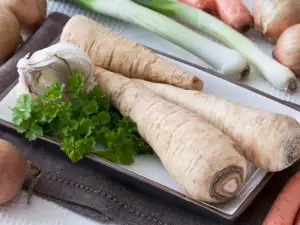
Parsnip in cooking
Young and small parsnips need no peeling, just rubbed nicely. Older parsnips should be peeled and then cut. If the central stem of the parsnip is very solid, it must be removed.
In culinary applications, this vegetable is used fresh or powdered and placed in a refrigerator. It flavors many dishes with or without meat. It is essential for vegetable dishes prepared with meat and potatoes. It’s leaves serve as a spice and the decoration of some salads.
Parsnip can also be prepared steamed and mashed, be baked with other root vegetables, or sliced thinly and prepared as chips. They find great application in various soups, stews, salads and casseroles. Its taste is reminiscent of other vegetables, like artichokes.
Before preparation, you should wash, peel and clean its skin, like a carrot. If sauteeing, the skin will fall off after cooking. If you are mashing it, the skin should be left intact.
Parsnips combine well with garlic, onions, parsley and thyme. Should be placed in the dish before boiling. It does not cause dangerous side effects, and therefore is dependent on the tastes of everyone. Parsnips are used in the preparation of purees for babies - another undeniable proof of its qualities. Parsnips are used to flavor certain types of wine. They can be incorporated into many useful vegetable juices.
The root of the plant is crushed and used as a spice that can season both vegetable and meat dishes. Parsnip goes with all kinds of meats.
Benefits of parsnips
This pale-colored vegetable that is very attractive in appearance offers significant health benefits. Its consumption is important for the nervous system, due to its high amounts of vitamin B3. Contains many nutrients and has important nutritional properties for absolutely all blood groups.
Parsnips have antirheumatic action and act as a natural diuretic. It whets the appetite, but because of its high fiber content, it regulates the work of the gastrointestinal tract and helps with constipation.
It is used in the treatment of kidney stones. It helps with intestinal worms and pain. It contains the active substance Pastinacinum acting as a vasodilator and antispasmodic.

Because of its valuable components, parsnip is a great tool in the prevention of cardiovascular disease, lowers blood pressure and stimulates the actions of the immune system.
It is used successfully in cardiac neuroses, colic, angina and other diseases. In folk medicine, parsnip belongs to the foods that act as natural aphrodisiacs.
Parsnip is a very low-calorie product, which makes it well suited to meet the needs of diets.
Traditional medicine with parsnip
According to folk medicine, parsnips are used for diseases of the urinary tract - mainly stones and sand in the kidneys and bladder. It is also used for angina and cardiac neurosis. It is mainly in the form of extract. For this purpose, two teaspoons of powdered root of steamed parsnip with two cups of boiling water, leave for half an hour, then strain the mixture and drink all at once. This is the dose taken three times daily before meals, and treatment course lasts 20 days.
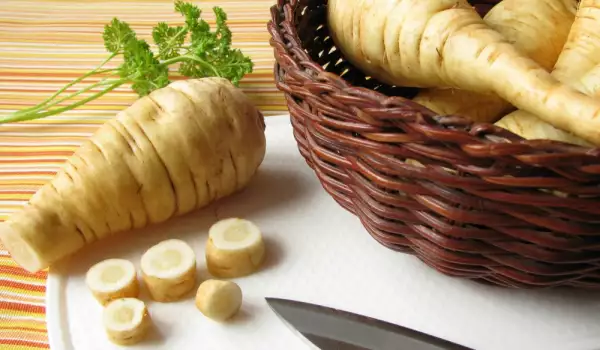
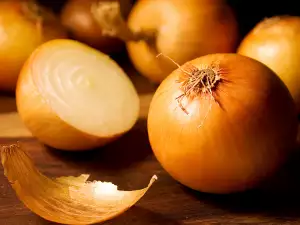
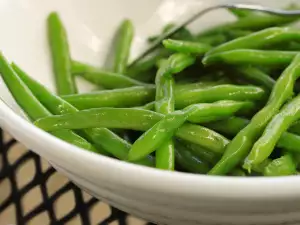
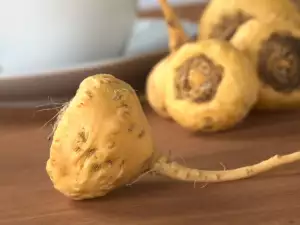
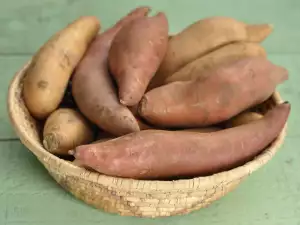
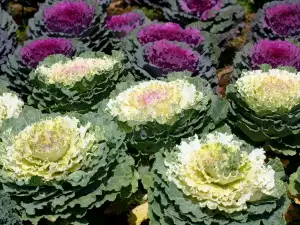



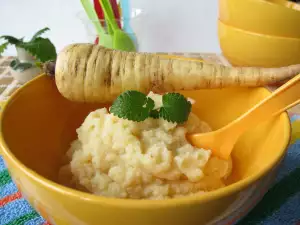
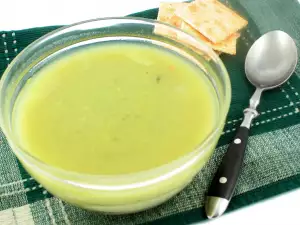
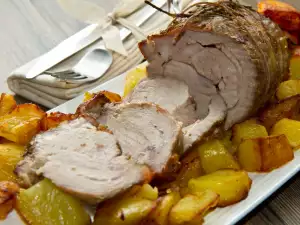
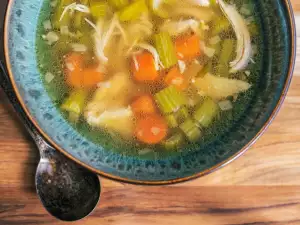

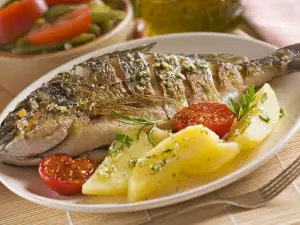





Comments